The Carrington Event: History's greatest solar storm
Extreme solar storms such as the 1859 Carrington Event can play havoc with technology on Earth.
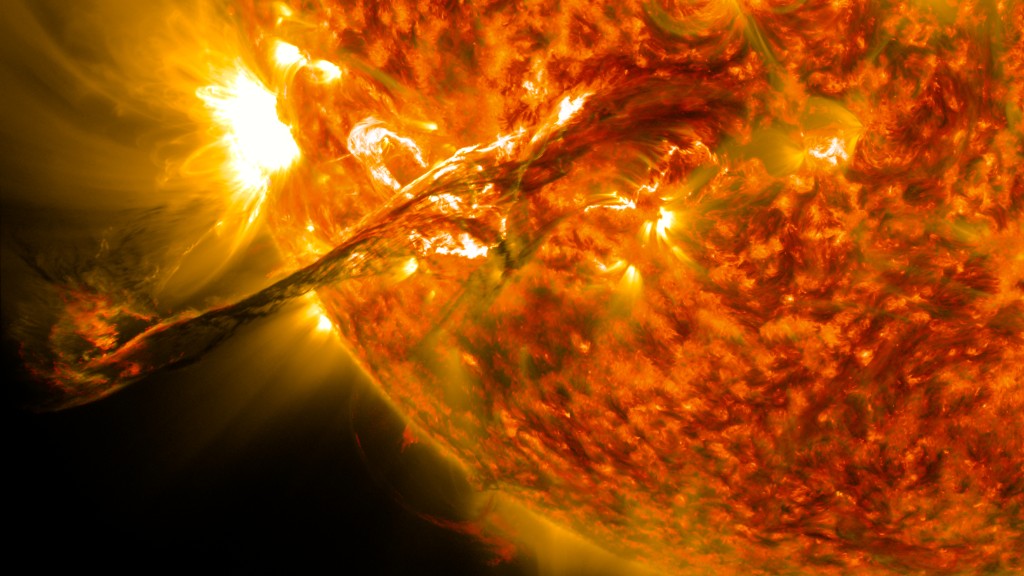
The Carrington Event was a large solar storm that took place at the beginning of September 1859, just a few months before the solar maximum of 1860.
In August 1859, astronomers around the world watched with fascination as the number of sunspots on the solar disk grew. Among them was Richard Carrington, an amateur skywatcher in a small town called Redhill, near London in England.
On Sep. 1, as Carrington was sketching the sunspots, he was blinded by a sudden flash of light. Carrington described it as a "white light flare" according to NASA spaceflight. The whole event lasted about five minutes.
The flare was a major coronal mass ejection (CME), a burst of magnetized plasma from the sun's upper atmosphere, the corona. In 17.6 hours, the CME traversed over 90 million miles (150 million km) between the sun and Earth and unleashed its force on our planet. According to NASA spaceflight, it usually takes CMEs multiple days to reach Earth.
Related: Wild solar weather is causing satellites to plummet from orbit. It's only going to get worse
The day after Carrington observed the impressive flare, Earth experienced an unprecedented geomagnetic storm, with telegraph systems going haywire and auroral displays — normally confined to polar latitudes — visible in the tropics, according to NASA Science.
Carrington put two and two together and realized that the solar flare he'd seen was almost certainly the cause of this massive geomagnetic disturbance. This was a connection that had never previously been made, according to NASA Spaceflight. The solar storm of 1859 is now known as the Carrington Event in his honor.
The origins of space weather can be traced to contortions in the sun's magnetic field, leading to dark blotches or sunspots on its surface, according to NASA Earth Observatory.
It's from these spots that solar flares, coronal mass ejections and other electromagnetic phenomena can emerge — with potentially hazardous consequences for our technological way of life.
Sunspot activity rises and falls on an 11-year cycle, and we're currently approaching the next solar maximum in 2025. So now is a good time to look at the worst solar storms.
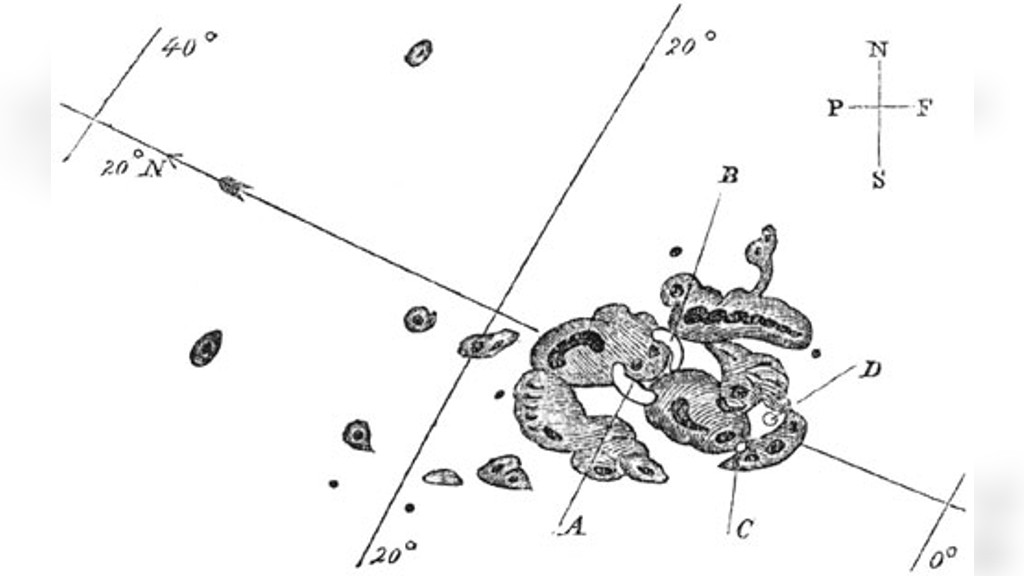
What happened during the Carrington Event
The Carrington Event sparked a huge geomagnetic storm that wreaked havoc with technology. Earth fell silent as telegraph communications around the world failed.
According to History.com, there were reports of sparks showering from telegraph machines, operators receiving electric shocks and papers set ablaze by the rogue sparks.
Striking auroras dazzled skywatchers around the world as polar light shows stretched far beyond their usual ranges. The northern lights (aurora borealis) were witnessed as far south as Cuba and Honolulu, Hawaii, whilst the southern lights (aurora australis) were seen as far north as Santiago, Chile, according to National Geographic.
For many people around the world, this was the first time they'd ever witnessed the aurora and didn't know what to make of the brighter than usual skies. Whilst some believed the end of the world had arrived, others began to start their day after hearing the birds chirping, seeing the bright skies, and believing the sun had begun to rise, according to History.com.
When telegraph workers returned to work the following day, the effects of the Carrington Event were still being felt as the atmosphere was still very charged. History.com reported that American Telegraph Company employees found it impossible to transmit or receive dispatches. Alarmingly, they found that they could however unplug their batteries and transmit messages to Portland, Maine, using only the auroral current according to Ars Technica.
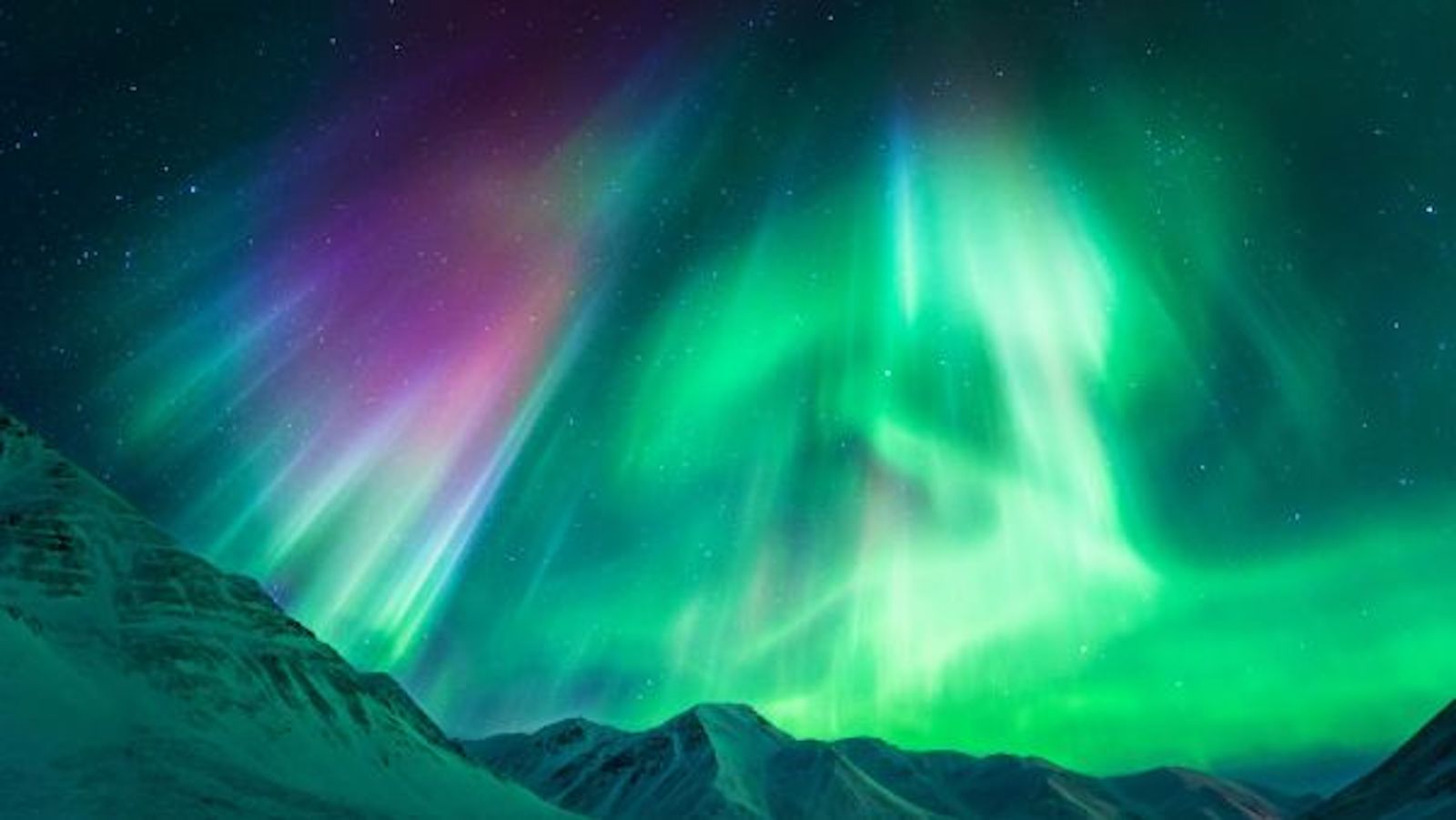
What would happen if a storm like the Carrington Event happened today?
While solar storms rarely pose a direct threat to human life, there’s a risk they can impact safety-critical systems via electromagnetic effects — from space-based communications, navigation and weather forecasting services to electrical power distribution at ground level, according to ESA's Space Weather Service Network
It’s been conjectured that a storm on the scale of the Carrington event, if it happened today, could cause an internet apocalypse, sending large numbers of people and businesses offline. For this reason, the U.K. government lists adverse space weather as one of the most serious natural hazards in its National Risk Register, and companies have contingency plans to deal with severe events — as long as they have sufficient warning of them.
Researchers from Lloyd's of London and the Atmospheric and Environmental Research agency in the U.S. have estimated that a Carrington-class event today would result in between $0.6 and $2.6 trillion in damages to the U.S. alone, according to NASA spaceflight.
When is the next Carrington Event?
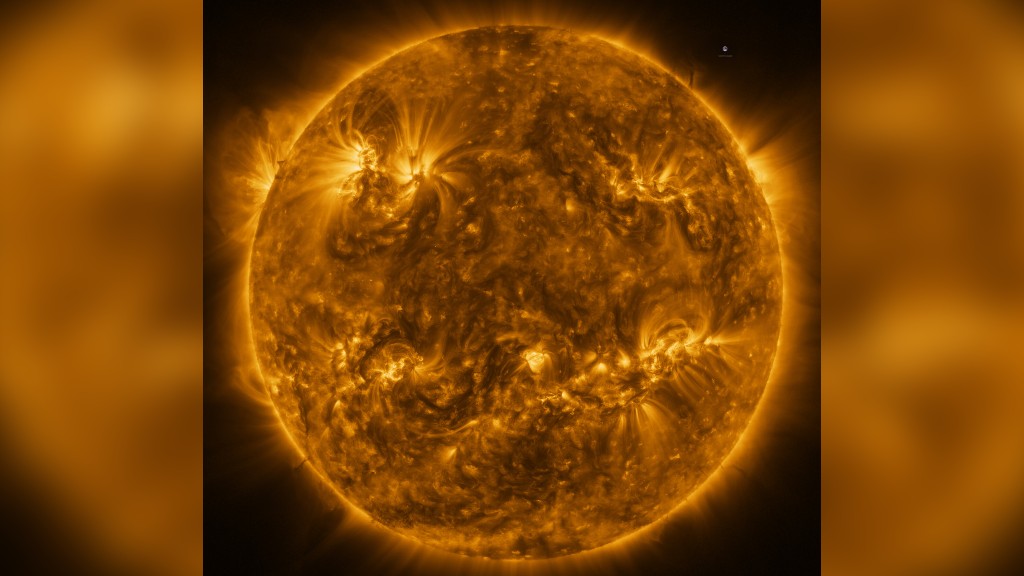
Luckily for us, solar storms like the Carrington Event happen once every 500 years or so, according to NOAA SciJunks. Though solar storms with half the intensity of the Carrington Event are more frequent, occurring about every 50 years.
However, we cannot be certain when the next Carrington-level event will occur as space weather is notoriously difficult to predict.
Scientists at the National Oceanic and Atmospheric Administration (NOAA)'s Space Weather Prediction Center analyze sunspot regions daily to assess the threats. They monitor and record changes in sunspot size, number and position to evaluate the likelihood of an Earth-directed solar flare and/or CME from an active region. NASA also has a fleet of spacecraft — known collectively as the Heliophysics Systems Observatory (HSO) — designed to study the sun and its influence on the solar system, including the effects of space weather.
The HSO is comprised of several heliospheric, geospace and planetary spacecraft that watch the sun and measure its activity. These satellites include the Parker Solar Probe on a daring mission to "touch" the sun and ESA's Solar Orbiter that is taking a first-time look at the sun's uncharted polar regions. ESA's Vigil mission, due to launch in mid-2020, is a dedicated solar weather forecasting mission. Vigil will monitor the sun from Lagrange Point 5, approximately 93 million miles (150 million kilometers) from Earth.
Other large solar storms in history
The largest CMEs can contain billions of tonnes of solar material and burst out from the sun at up to 3,000 kilometers per second, according to the NOAA's Space Weather Prediction Center This material contains an embedded magnetic field, and it's this magnetic field that can play havoc with Earth's magnetic field when the two make contact.
We know this has been happening since time immemorial; a study reported in January 2022 revealed that a powerful solar storm, which pummelled the Earth 9,200 years ago, left radioactive particles in the ice deep below Greenland that are still there to this day, Live Science reported.
An earlier study, from 2020, suggested that severe geomagnetic storms occurred in 42 of the preceding 150 years — far more often than had previously been thought.
According to NASA spaceflight, a solar storm with similar intensity to the Carrington Event hit Earth around 774 AD.
Additional resources
How likely is another Carrington Event? You can read about a recent study that estimated an answer to this question at EarthSky.org. Explore the consequences of the Carrington Event on life with this research article published in the journal Origins of Life and Evolution of Biospheres in 2014. Additionally, you can read more about the Carrington Event at the South African National Space Agency (SANSA) website.
Bibliography
ESA. Space weather. The European Space Agency. Retrieved June 24, 2022, from https://swe.ssa.esa.int/what-is-space-weather
Gebhardt, C. (2020, August 28). Carrington event still provides warning of Sun's potential 161 years later. NASASpaceFlight.com. Retrieved June 24, 2022, from https://www.nasaspaceflight.com/2020/08/carrington-event-warning/
Klein, C. (2012, March 14). A perfect solar superstorm: The 1859 Carrington Event. History.com. Retrieved June 24, 2022, from https://www.history.com/news/a-perfect-solar-superstorm-the-1859-carrington-event
Lasar, M. (2012, May 3). 1859's "Great auroral storm"-the week the Sun touched the Earth. Ars Technica. Retrieved June 24, 2022, from https://arstechnica.com/science/2012/05/1859s-great-auroral-stormthe-week-the-sun-touched-the-earth/
Lovett, R. A. (2021, May 4). What if the biggest solar storm on record happened today? Science. Retrieved June 24, 2022, from https://www.nationalgeographic.com/science/article/110302-solar-flares-sun-storms-earth-danger-carrington-event-science
NASA. A super solar flare. NASA. Retrieved June 24, 2022, from https://science.nasa.gov/science-news/science-at-nasa/2008/06may_carringtonflare
NASA. World of change: Solar activity. NASA Earth Observatory. Retrieved June 24, 2022, from https://earthobservatory.nasa.gov/world-of-change/Solar
Silso: World Data Center for the production, preservation and dissemination of the international sunspot number. SILSO | World Data Center for the production, preservation and dissemination of the international sunspot number. Retrieved June 22, 2022, from https://www.sidc.be/silso/
Space weather impacts. Met Office. (n.d.). Retrieved June 24, 2022, from https://www.metoffice.gov.uk/weather/learn-about/space-weather/impacts
Specktor, B. (2020, February 10). Devastating solar storms could be far more common than we thought. LiveScience. Retrieved June 24, 2022, from https://www.livescience.com/solar-super-storms-very-common.html
Specktor, B. (2022, January 28). Ancient solar storm smashed earth at the wrong part of the Sun's cycle - and scientists are concerned. LiveScience. Retrieved June 24, 2022, from https://www.livescience.com/ancient-solar-storm-solar-minimum
What was the Carrington Event? NOAA SciJinks – All About Weather. Retrieved June 24, 2022, from https://scijinks.gov/what-was-the-carrington-event/
Join our Space Forums to keep talking space on the latest missions, night sky and more! And if you have a news tip, correction or comment, let us know at: community@space.com.
Get the Space.com Newsletter
Breaking space news, the latest updates on rocket launches, skywatching events and more!
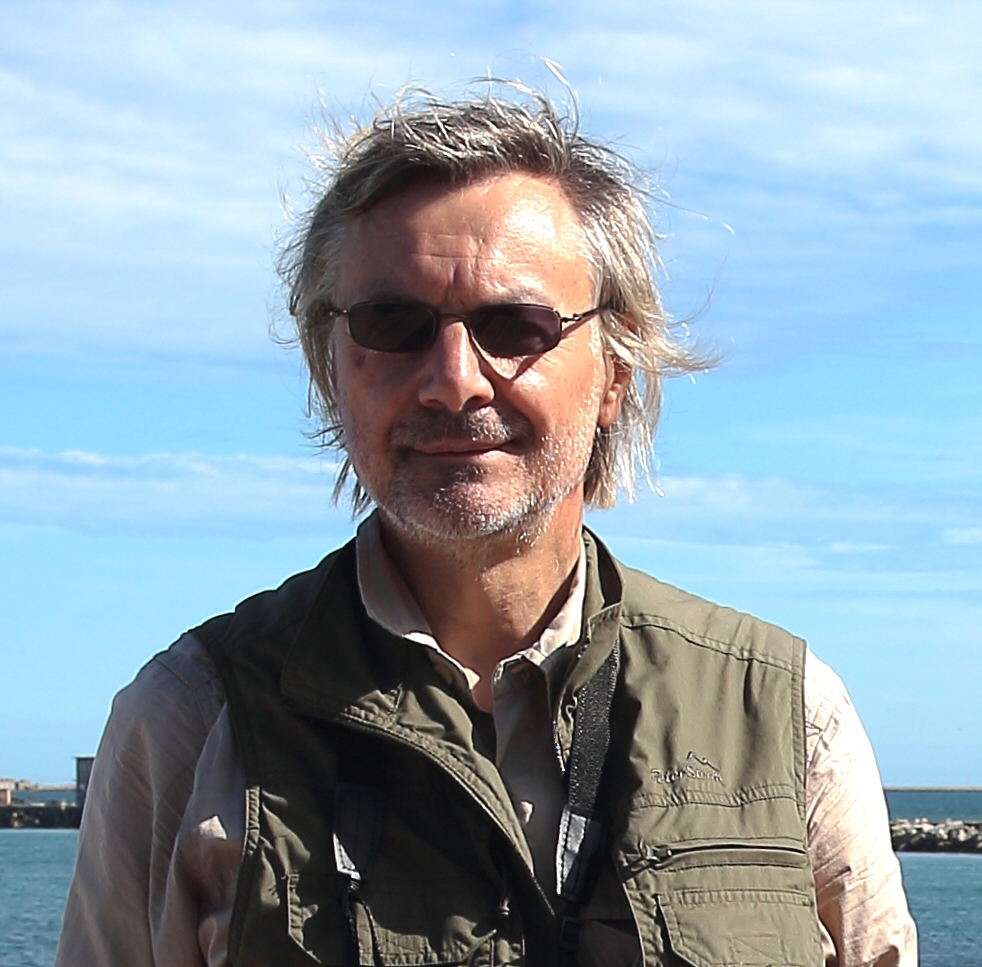
Andrew May holds a Ph.D. in astrophysics from Manchester University, U.K. For 30 years, he worked in the academic, government and private sectors, before becoming a science writer where he has written for Fortean Times, How It Works, All About Space, BBC Science Focus, among others. He has also written a selection of books including Cosmic Impact and Astrobiology: The Search for Life Elsewhere in the Universe, published by Icon Books.










